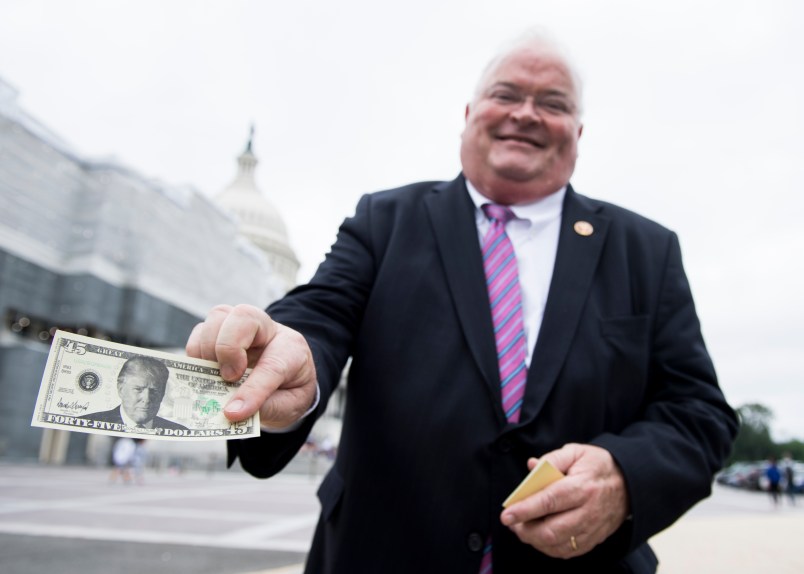by Marian Wang ProPublica
In the wake of Fukushima, story after story has been published about the cozy relationship between Japan’s nuclear industry and its regulators: Japanese nuclear regulators extended the use of reactors despite concerns about equipment upkeep and left key safety measures to the initiative of plant operators, as many have reported in the months since.
While nuclear regulators in the United States don’t have their Japanese counterparts’ explicit dual mission of both regulating the industry and promoting nuclear energy, an investigation by the Associated Press published today shows that in several critical ways, the two countries’ regulatory agencies may not be so different.
Officials at the U.S. Nuclear Regulatory Commission repeatedly weakened safety standards or decided not to enforce them in order to keep aging nuclear reactors in compliance, according to the AP:
Examples abound. When valves leaked, more leakage was allowed–up to 20 times the original limit. When rampant cracking caused radioactive leaks from steam generator tubing, an easier test of the tubes was devised, so plants could meet standards.
… Records show a recurring pattern: Reactor parts or systems fall out of compliance with the rules. Studies are conducted by the industry and government, and all agree that existing standards are “unnecessarily conservative.”
Regulations are loosened, and the reactors are back in compliance.
We’ve reported on a similar pattern in the area of fire safety. Last month, we published a story showing that regulators backed down in face of industry pressure on fire safety and then let the nuclear companies set the bar where they wanted.
Rather than enforce existing fire safety rules, the NRC–at the request of the nuclear industry–launched what NRC chairman Gregory Jaczko called an “industry-developed” approach to fire safety. From our earlier report:
Under a new fire program, nuclear companies could tailor fire protection at their plants based on an in-depth analysis of risk conducted by their own engineers.
To get companies to take part, the agency offered to ease up on enforcement. While the companies wrote new fire plans and the NRC reviewed them, the agency would exercise what it calls “enforcement discretion.” Inspectors would write up violations for the only most serious offenses–red on the agency’s four-color severity scale.
In April, we reported that the regulatory guides used by the NRC rely heavily on material written by the industry’s trade group, the Nuclear Energy Institute. (The NRC told us that the Nuclear Energy Institute isn’t the sole source of information the guides, and that the agency keeps safety as “the total focus of our effort.”)
Over half of the more than 100 nuclear reactors in the states have had their 40-year licenses extended for another 20 years, according to the AP.
NRC spokesman Eliot Brenner told the news agency that aging reactors are upgraded over time and that by the time a plant is due for relicensing, “most, if not all of the major components, will have been changed out.” Jaczko, the NRC chairman, has since criticized his agency’s approach to fire safety and called the lack of enforcement “unacceptable.”
Jaczko been the focus of recent criticism, particularly from Republicans, after a report by the agency’s inspector general found that he misled staffers when he ordered them to stop a technical review of a proposed nuclear waste repository at Yucca Mountain in Nevada. The report did not find that Jaczko had broken any laws.









